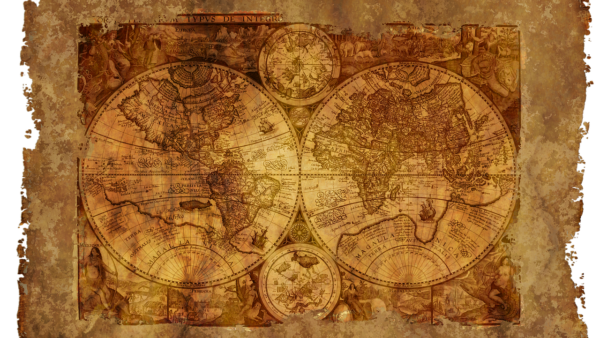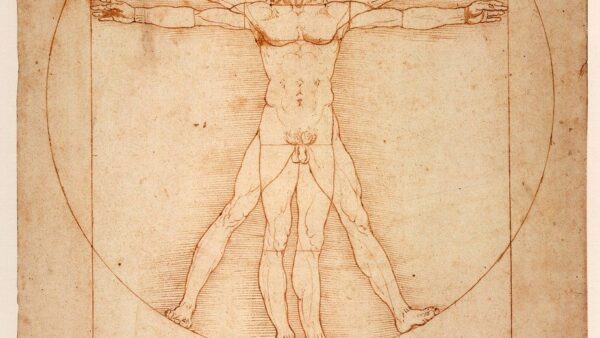The Story of Thanksgiving
Thanksgiving, with its overflowing tables and warm family gatherings, holds a special place in the hearts of many. But beyond the turkey and gravy, the holiday harbors a rich and complex history, woven with threads of resilience, cultural fusion, and evolving traditions. Let’s embark on a journey through time, retracing the steps that led to the Thanksgiving we celebrate today.
Seeds of Tradition: European Harvest Festivals
The holiday’s roots can be traced back to Europe, where ancient societies held celebrations of gratitude for bountiful harvests. The Celts, for instance, observed the festival of Mabon, a time to honor the autumn equinox and give thanks for the fruits of the land. Similarly, Romans celebrated the Thanksgiving for the Harvest (Ceres) to pay homage to the goddess of agriculture.
These traditions blended with Christian practices like thanksgiving feasts held after major liturgical feasts. When European explorers set sail for the New World, they carried these ancestral customs with them, ready to be sown in the fertile soil of a new land.
From Struggle to Survival: Early Celebrations in the Americas
The first Thanksgiving stories in America don’t involve plump turkeys and overflowing tables. Instead, they paint a picture of struggle and resilience. European colonists facing harsh winters and unfamiliar landscapes often held days of prayer and thanksgiving for guidance and survival.
In 1564, French explorer René de Laudonnière organized a thanksgiving feast in Florida with the Timucua people, marking one of the earliest recorded celebrations in North America. Similarly, the English colonists at Plymouth Rock held days of thanksgiving throughout the 1620s, often triggered by specific events like safe passage, military victories, or the end of droughts.
The 1621 Harvest Feast: A Turning Point
The Thanksgiving we most readily associate with the holiday comes from the 1621 harvest feast shared by the Plymouth colonists and the Wampanoag people. After a harsh winter and with the help of the Wampanoag, the colonists experienced a successful harvest, prompting Governor Bradford to declare a three-day celebration.
While often romanticized, the event wasn’t just about revelry. It was a diplomatic gesture aimed at solidifying a fragile alliance between the two groups. The Wampanoag, led by Squanto, shared their knowledge of agriculture and hunting, while the colonists offered metal tools and other goods.
Evolving Traditions: National Holiday and Beyond
The 1621 feast wasn’t a single, defining event that birthed Thanksgiving as we know it. The tradition of harvest celebrations continued sporadically throughout the colonies, often tied to local circumstances and regional variations. It wasn’t until the 19th century that the idea of a national Thanksgiving Day gained traction.
In 1863, President Abraham Lincoln, amidst the Civil War, declared a national day of thanksgiving to express gratitude for the nation’s victories and resilience. This act solidified Thanksgiving as a federal holiday, further shaping its national identity.

Over time, Thanksgiving traditions continued to evolve. Popular culture, through magazines and cookbooks, helped standardize the Thanksgiving meal, solidifying the image of turkey, stuffing, and pumpkin pie as the centerpiece of the feast. Macy’s Thanksgiving Day Parade, inaugurated in 1924, added another layer of spectacle and tradition to the holiday.
Beyond the Feast: A Day of Reflection and Action
Today, Thanksgiving remains a beloved holiday, a time for families and friends to gather, share gratitude, and enjoy each other’s company. However, it’s crucial to acknowledge the complex history behind the celebration, including the often-overlooked perspective of the Wampanoag people and the ongoing struggles of Native American communities.
Thanksgiving can be an opportunity for critical reflection, prompting us to engage in conversations about cultural appreciation, historical accuracy, and social justice. We can honor the spirit of gratitude that underpins the holiday while acknowledging the complexities of its past and engaging in actions that promote inclusivity and understanding.
Looking Ahead: A Harvest of Shared Stories
The history of Thanksgiving is a tapestry woven with threads of hardship, gratitude, and cultural exchange. As we move forward, we can cultivate a richer understanding of this multifaceted holiday by listening to diverse voices, acknowledging the past, and embracing its potential for creating a more equitable and inclusive future.
Let’s keep the conversation going. Share your Thanksgiving traditions, explore the holiday’s history in your own community, and engage in thoughtful dialogue about the meaning of gratitude and its role in creating a more just and harmonious world.
Remember, Thanksgiving is more than just a meal. It’s a chance to plant the seeds of understanding, empathy, and shared humanity, ensuring that the harvest of future…





